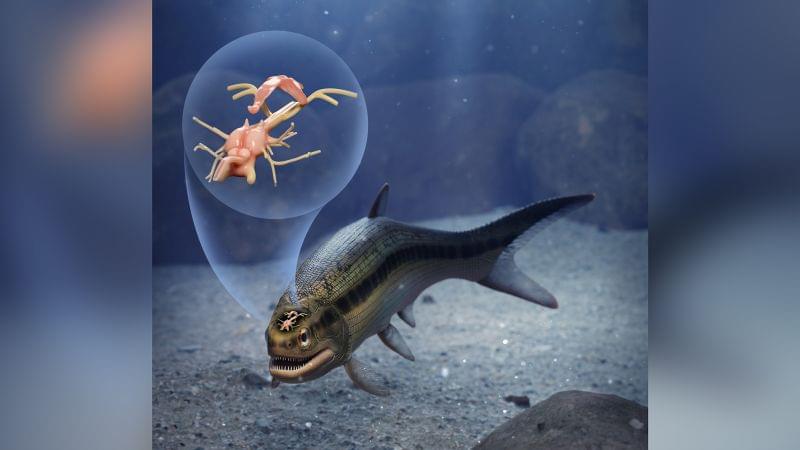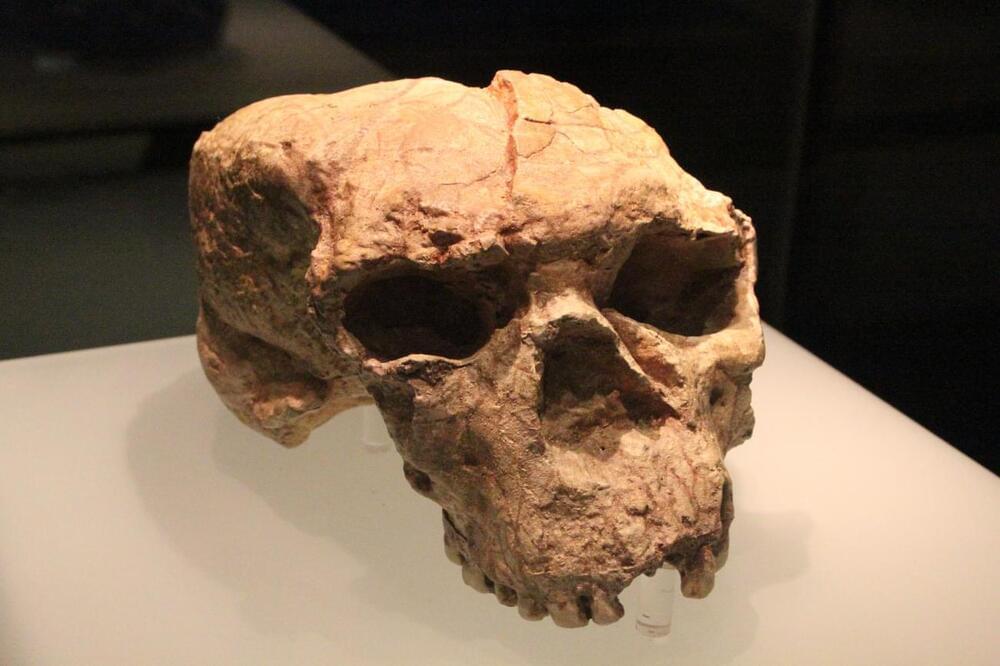Dr. Ben Goertzel.
SingularityNET
The Coming Consciousness Explosion.
Bio: Dr. Ben Goertzel is a cross-disciplinary scientist, entrepreneur and author. Born in Brazil to American parents, in 2020 after a long stretch living in Hong Kong he relocated his primary base of operations to the rural Seattle area. He leads the SingularityNET Foundation, the OpenCog Foundation, and the AGI Society which runs the annual Artificial General Intelligence conference.
Dr. Goertzel also chairs the futurist nonprofit Humanity+, and serves as Chief Scientist of AI firms Singularity Studio, Rejuve, SingularityDAO and Xccelerando Media, all parts of the SingularityNET ecosystem. As Chief Scientist of robotics firm Hanson Robotics, he led the software team behind the Sophia robot; as Chief AI Scientist of Awakening Health he leads the team crafting the mind behind Sophia’s little sister Grace.
Dr. Goertzel’s research work encompasses multiple areas including artificial general intelligence, natural language processing, cognitive science, machine learning, computational finance, bioinformatics, virtual worlds, gaming, parapsychology, theoretical physics and more. He has published 25+ scientific books, ~150 technical papers, and numerous journalistic articles, and given talks at a vast number of events of all sorts around the globe.
Before entering the software industry Dr. Goertzel obtained his PhD in mathematics from Temple University in 1989, and served as a university faculty in several departments of mathematics, computer science and cognitive science, in the US, Australia and New Zealand.





